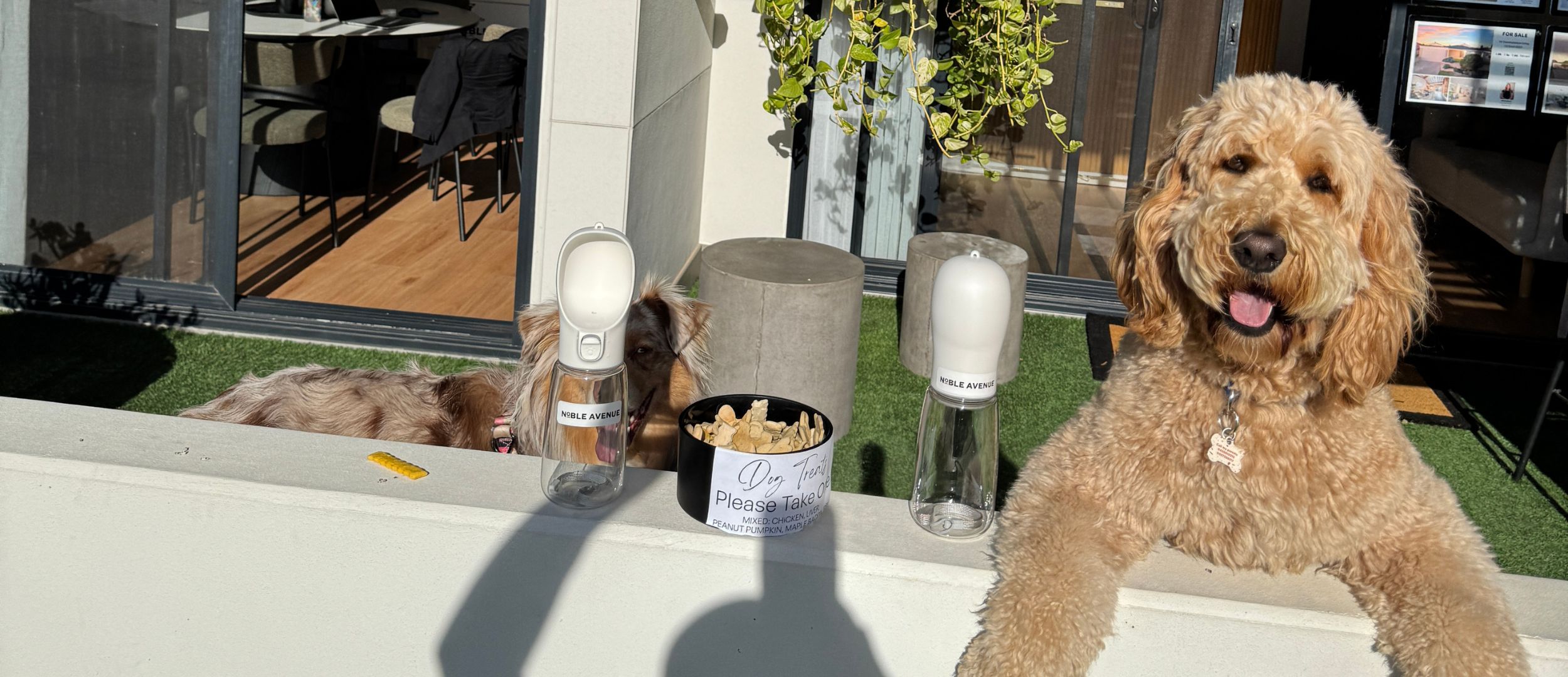Final Inspections - Ensuring a Smooth Settlement Process
Just before settlement, your agent will call you to organise what is commonly known as the final inspection. This is a walk-through of the home by the buyer prior to settlement. In WA, every buyer is entitled to a final walkthrough before the big day. But is it that simple?
What Exactly Is a Final Inspection?
A final inspection is exactly what it sounds like—a final walkthrough of the home before settlement day and money changes hands. The purpose of the final inspection is to ensure that the property is in the same condition as when it was purchased and to verify that any agreed works have been completed.
Final inspections are not the same as home inspections. This is not a time to renegotiate repairs with the seller. Any concerns should have been specified at the time of negotiation within the offer and acceptance. Maintenance items that existed at the time of purchase are not the seller’s responsibility to address.
In Western Australia, real estate transactions follow the guidelines outlined in the Joint Form of General Conditions for the Sale of Land (2018). The Joint Form specifies the legal requirements around final inspections.
Why Are Pre-Settlement Inspections Important?
A normal settlement period can run anywhere from 30 to 90 days after the exchange of contract. That’s a long time between visits, and as a purchaser, you should never assume that a property is in the exact same condition as when it was first inspected. This is especially true if the property has been occupied during the settlement period.
If the property is not in its agreed-upon condition, the vendor is expected to fix it before final payment is made. A pre-settlement inspection ensures the condition of the property hasn’t changed since contract exchange, that contract obligations have been met, that fittings and fixtures are in working order, and that the home has been vacated as agreed.
Who Arranges a Pre-Settlement Inspection?
Pre-settlement inspections are generally arranged by the real estate agent and usually take about 45 minutes. It’s advisable to have a list of questions prepared in advance. If the sale was a private sale, the vendor and purchaser may arrange the inspection directly. This can be a great opportunity to ask practical questions such as how the air conditioning system works.
When Should the Inspection Take Place?
Laws regarding pre-settlement inspections vary by state, but as a general rule, it’s best to conduct the inspection a 5-7 days before settlement. This allows time for any necessary repairs.
How Many Pre-Settlement Inspections Are Allowed?
Buyers are entitled to one pre-settlement inspection. If issues are found that require rectification, a second inspection may be permitted to confirm that these have been addressed.
What Should You Check During a Pre-Settlement Inspection?
A thorough inspection covers everything from structural elements to small fixtures. Here’s a checklist:
Electrical & Gas:
- Test all light switches
- Check power points
- Ensure all inbuilt appliances (oven, stove, rangehood, dishwasher, air conditioning, heaters, exhaust fans) are functioning
- Check alarm and code
- Ensure external gates or doors requiring electronic access are working
Plumbing:
- Ensure the hot water system is functional
- Turn on multiple taps to check water pressure
- Flush toilets
- Run showers
- Check for leaks under basins and sinks
Fixtures & Fittings:
- Confirm all agreed-upon window dressings are present
Outdoor Features:
- Ensure landscaping, garden beds, and courtyards have been maintained
- Test irrigation or reticulation systems
- Verify pool equipment operation
- Confirm the bore pump is functional
Other Considerations:
- Confirm any included furniture or fixtures remain
Are There Mandatory Fixes After a Home Inspection?
If problems arise, they must be reported to the conveyancer—not directly to the vendor. The conveyancer will negotiate any necessary repairs as a special condition to the contract, which must be addressed before settlement.
Can You Renegotiate After a Pre-Settlement Inspection?
If an issue cannot be fixed, the conveyancer may negotiate a price adjustment to cover repair costs. However, the buyer must provide evidence of the issue, proving that it is not a result of general wear and tear.
Key Takeaways
The key lesson is to inspect the home thoroughly before signing a contract. Any concerns should be written into the contract to avoid disputes later.
Once the contract is signed and settlement is approaching, it’s too late to renegotiate. The final inspection is about verifying the home’s condition and ensuring agreed-upon work has been completed—not reopening negotiations.
Your settlement agent can provide checklists to assist with the inspection. A good real estate agent should also offer guidance and ensure that buyers know what to check before their final walkthrough.
At the end of the day, there is nothing to worry about. Transparency is key—if something needs fixing, address it. Buyers simply want to receive what they paid for, which is a reasonable expectation in any major transaction.




